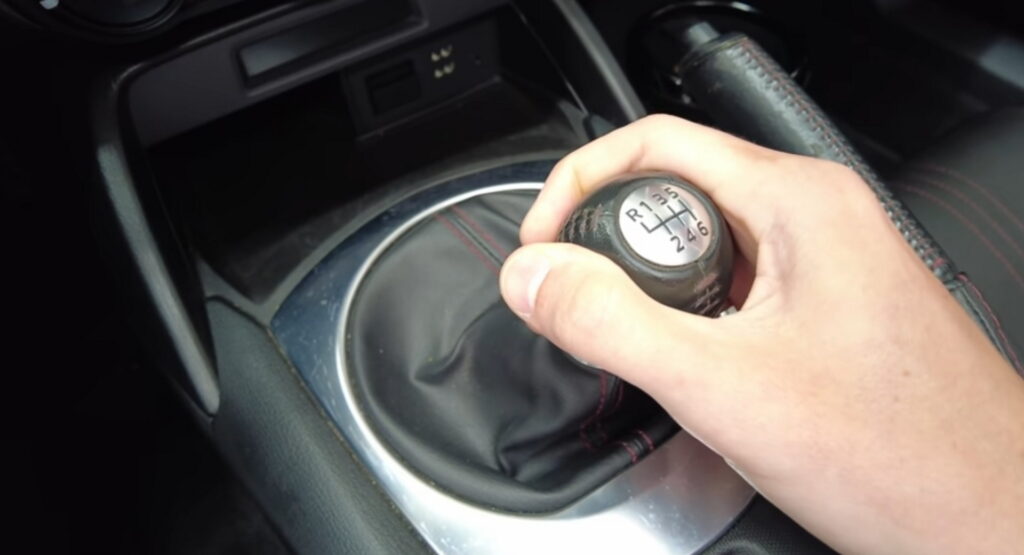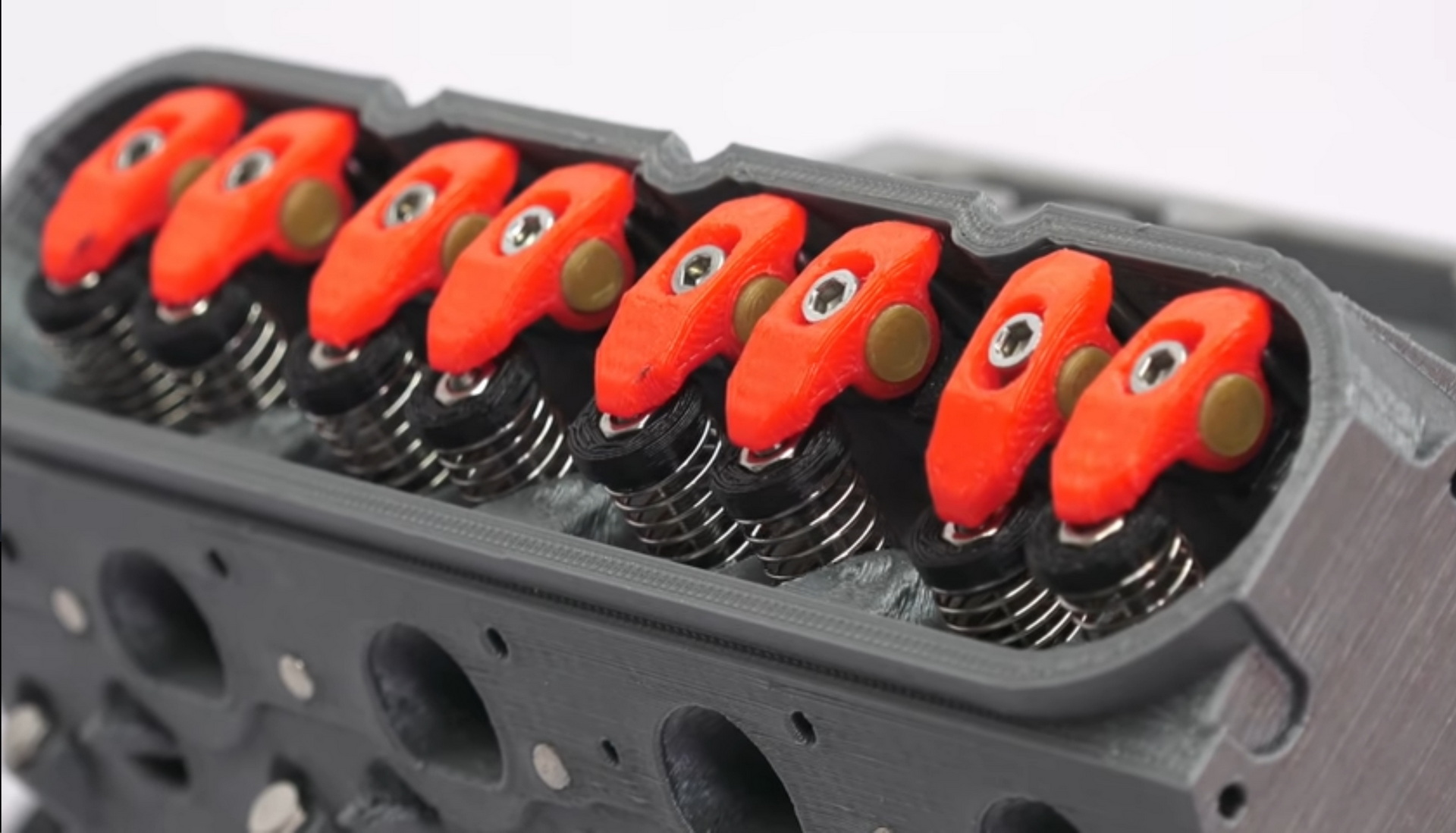We all have the capacity to make mistakes and sometimes, like Jason Fenske, we can occasionally screw up a shift. We don’t, however, all have the ability to explain the precise consequences of our mistakes like he does.
In a recent video for Fenske’s Engineering Explained channel, he takes a look at exactly what’s going on under the hood when we screw up and perform the much-feared “money shift” like he did in a Nissan Z at a track event.
A money shift, for those lucky enough not to have encountered the problem, is when a driver attempts to go up a gear with a manual transmission, in this case from third to fourth, but instead goes down a gear. The term comes from the high expense involved in fixing the consequences of the botched shift.
Read Also: Engineering Explained And A McLaren 620R Reveal The Science Behind Electric Steering’s Bad Rep
Fenske made his mistake on track in a Nissan Z and the immediate consequence was that the car tried to slow down and the back end kicked out. That makes intuitive sense, but the actual reason for that is that at the Z’s redline (6,800 RPM), the wheels only want to be traveling at 65 mph (105 km/h) when the car is in second gear, instead of the 94 mph (151 km/h) that were just traveling at in third gear.
The mismatch also means that the engine revs up. Unable to slow down instantly, the wheels effectively speed up the engine. That’s because, in order to go 94 mph (151 km/h) in second gear, the engine would have to be spinning at 9,724 rpm, which is more than 40 percent faster than the redline.
At those engine speeds, one of the major concerns is valve float. That happens when the springs that push the valves in the engine closed can’t keep up, which can cause the valves to lose control. This leads to the engine not firing correctly, and can result in the pistons hitting the valves and doing serious damage.
Fortunately, that doesn’t happen in this brand-new Nissan Z and Fenske can just have a giggle (and an in depth explanation) about the mistake that he got away with.





